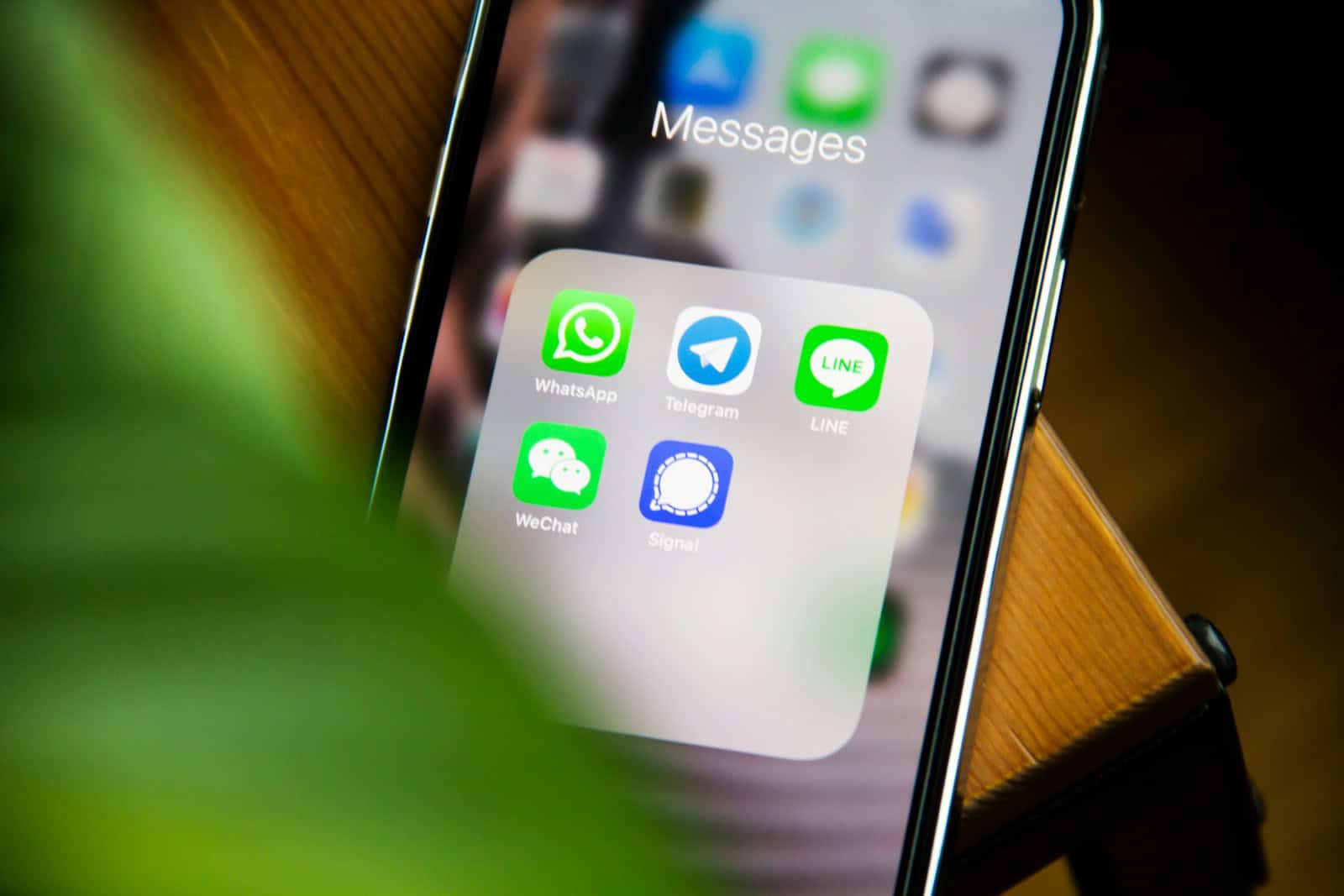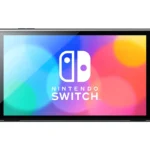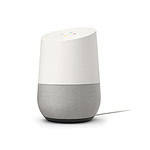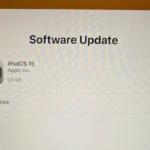SMS stands for Short Message Service and is a crucial technology in modern communication. It is a standard for sending text messages through cell phone networks. When you send a text message from your phone, most likely, you’re using SMS. This service allows devices to exchange simple messages without the use of images, videos, or audio.
As the most widespread form of texting, most mobile phones and smartphones are equipped with the capability to send and receive SMS messages. The technology is notable for its 160-character limit per message, which covers letters, numbers, and spaces. While there are more advanced messaging services available today, SMS remains fundamental due to its simplicity and broad accessibility.
Key Takeaways
- SMS is an acronym for Short Message Service, a text messaging protocol most phones use.
- Text messages via SMS are limited to 160 characters per message.
- SMS technology is widely accessible and used for simple, text-based communication.
SMS Technology and Usage
SMS, or Short Message Service, is a critical part of our day-to-day communication. This part of the article highlights its basic functions, growth, current role, impact on society, and its value for businesses.
Fundamentals of SMS
SMS allows people to send text messages up to 160 characters long, including spaces. This service operates across different cellular networks like GSM and CDMA, making it versatile for mobile phones worldwide. Bernard Ghillebaert and Friedhelm Hillebrand developed the concept of SMS in the 1980s. Today, carriers such as T-Mobile, AT&T, and Verizon offer SMS as part of their unlimited plans. SMS relies on communication protocols to ensure messages reach their destination securely.
Evolution and Expansion
The technology has evolved from the initial digital AMPS to modern GSM and 4G/5G standards. Japan was one of the early adopters of advanced mobile communications. As technology grew, so did SMS, paving the way for Multimedia Messaging Service (MMS) and Rich Communication Services (RCS). Developers integrated SMS with various platforms, leading to innovative uses such as two-factor authentication and instant messaging.
SMS in Modern Communication
SMS still thrives despite the rise of messaging apps like WhatsApp, Telegram, and Facebook Messenger. Its simple infrastructure doesn’t require an internet connection for basic texting, making it valuable in areas with limited online access. The adoption of emojis has added emotional expressions to text messages. Companies often integrate SMS into their apps to confirm user actions or send alerts.
Global Impact and Trends
Text messaging reshaped global communication. It offered a quick way to connect without the need for a direct call. Mobile carriers in almost every country offer SMS, enabling worldwide reach. Millennials and Android users have adopted instant messaging, but SMS remains popular due to its reliability and broad compatibility, regardless of the user’s device.
Commercial Use and Marketing
SMS marketing has become a vital tool for businesses reaching customers directly on their mobile devices. It helps in the delivery of promotions and updates. Mobile marketing strategies often include SMS to enhance engagement due to its high open rates and delivery success. With concise and direct messages, brands use SMS to drive customer action and loyalty.
SMS technology remains a bedrock of mobile communication with diverse applications spanning personal and professional domains, owing to its broad accessibility, simplicity, and reliable delivery.







